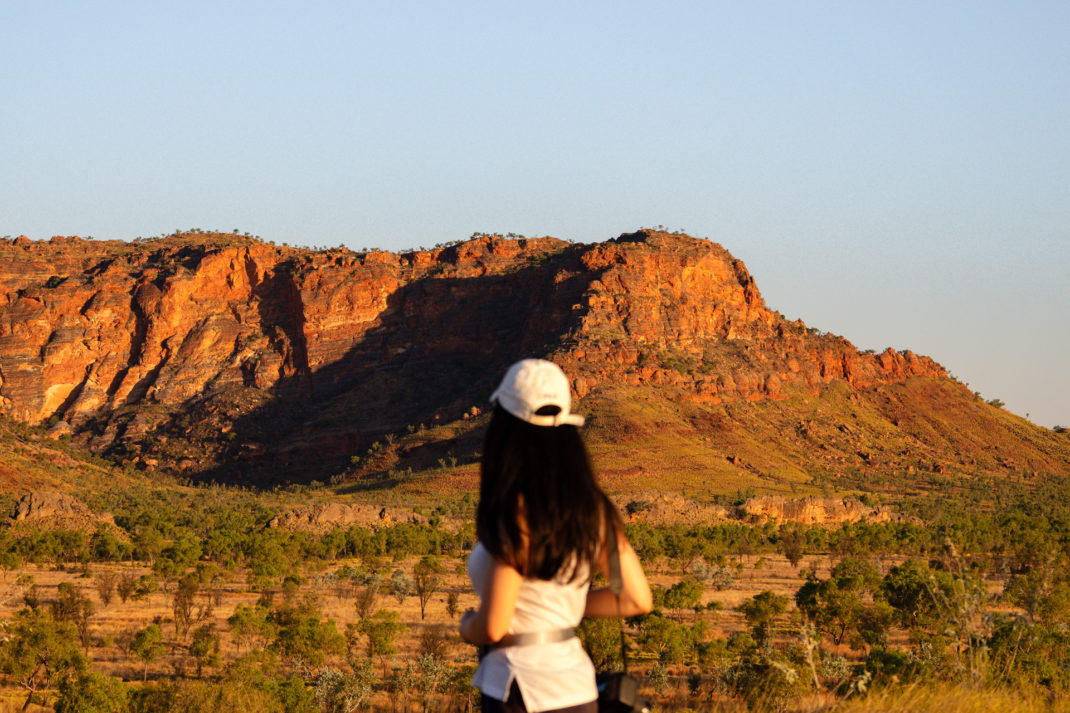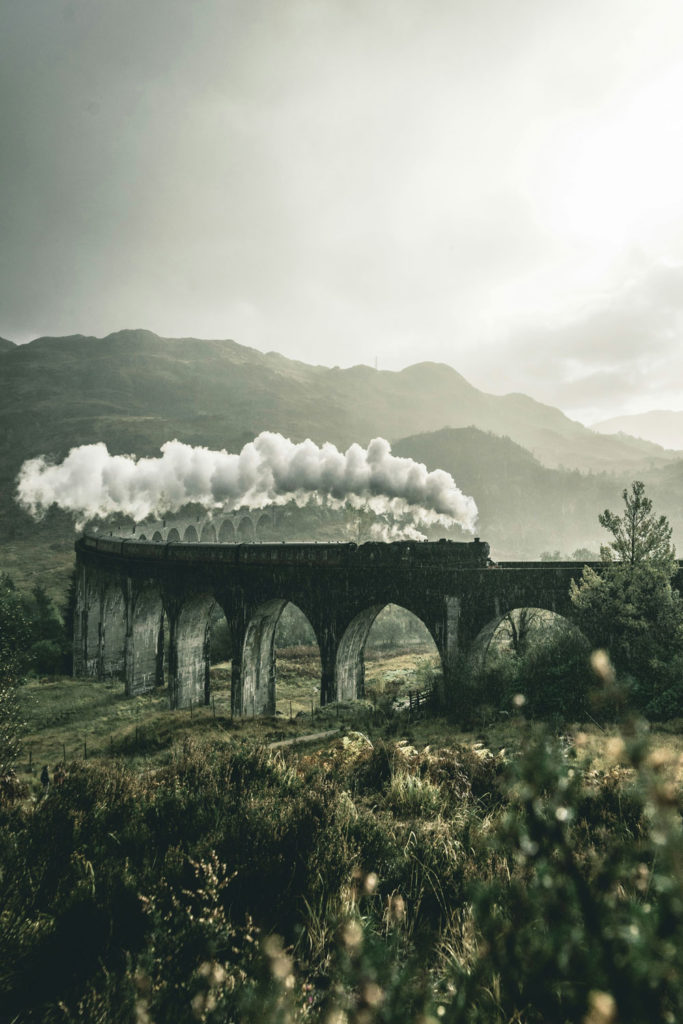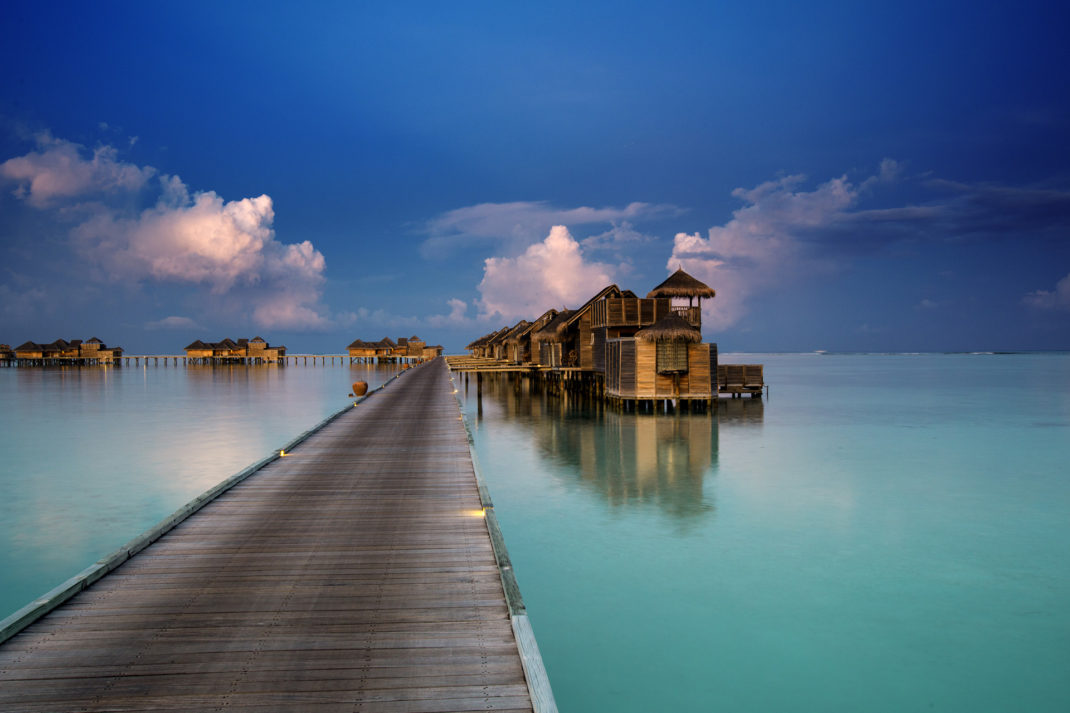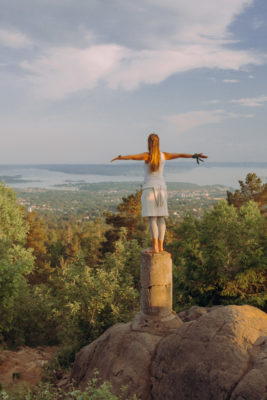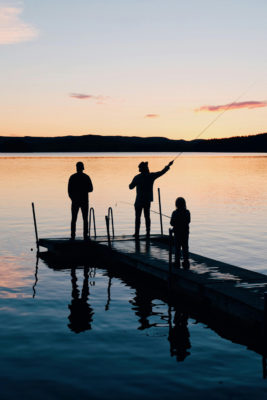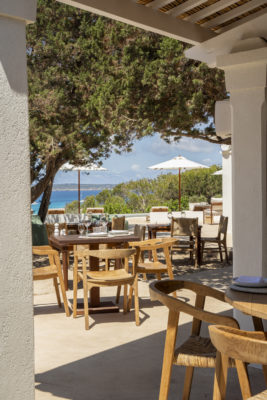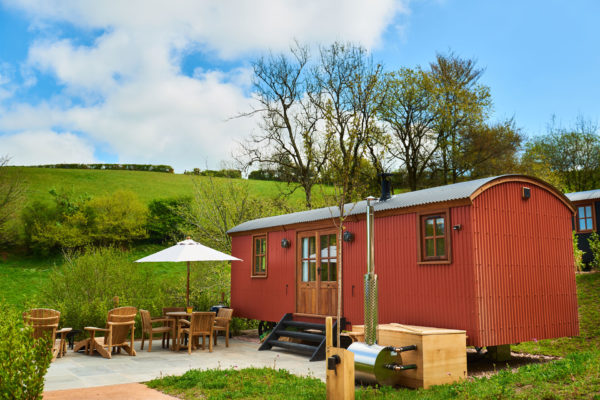Visiting The World’s Oldest Desert In Namibia
By
6 months ago
Siobhan Grogan gets away from it all on a sustainable safari with Wilderness
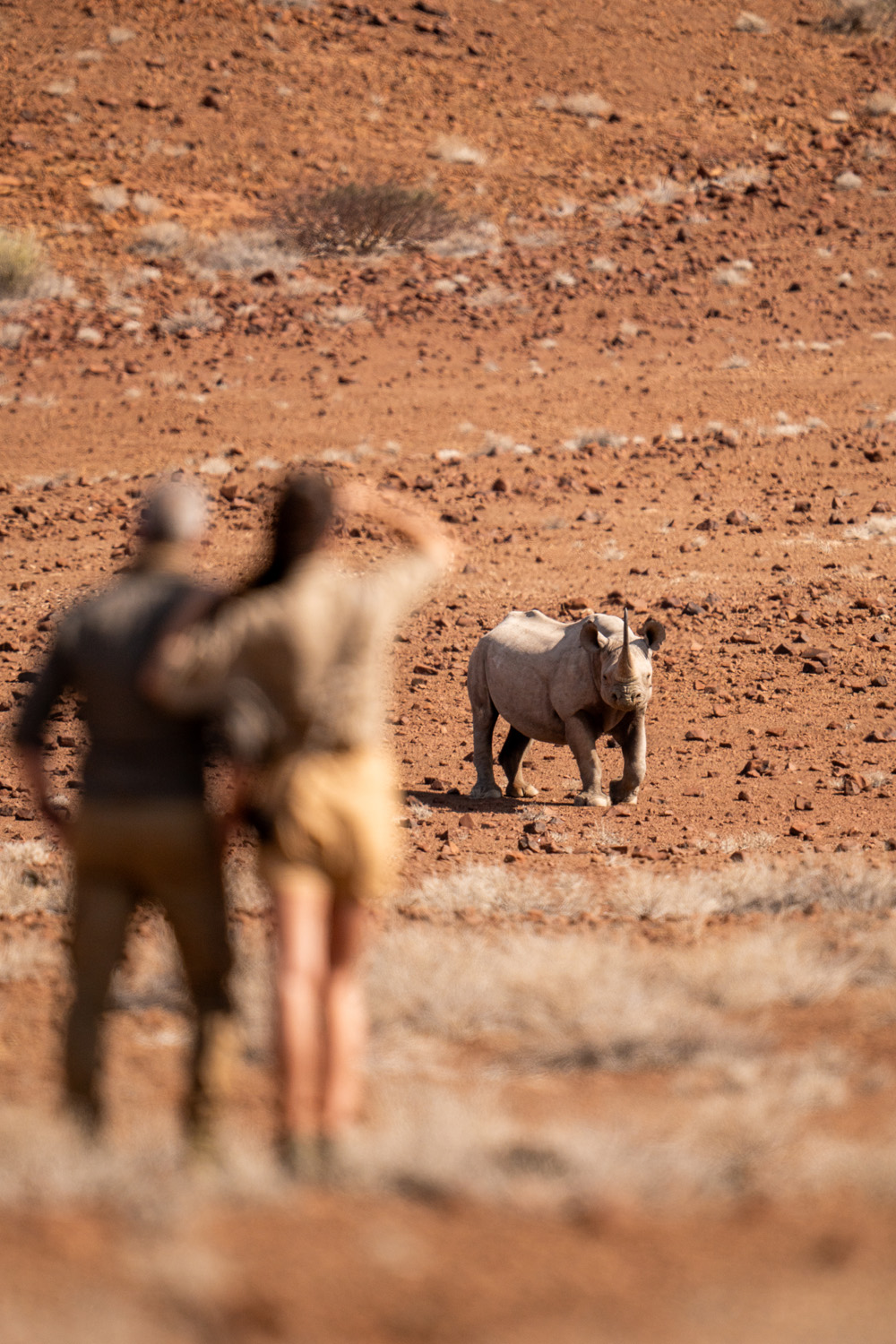
With 2 million people in a country twice the size of France, Namibia is one of the world’s least populated countries. Yet with its towering sand dunes, vast lunar plains, free-roaming wildlife and star-speckled night sky, it’s also one of the most beautiful.
C&TH Guide to Responsible Tourism
Review: Wilderness Destinations, Namibia
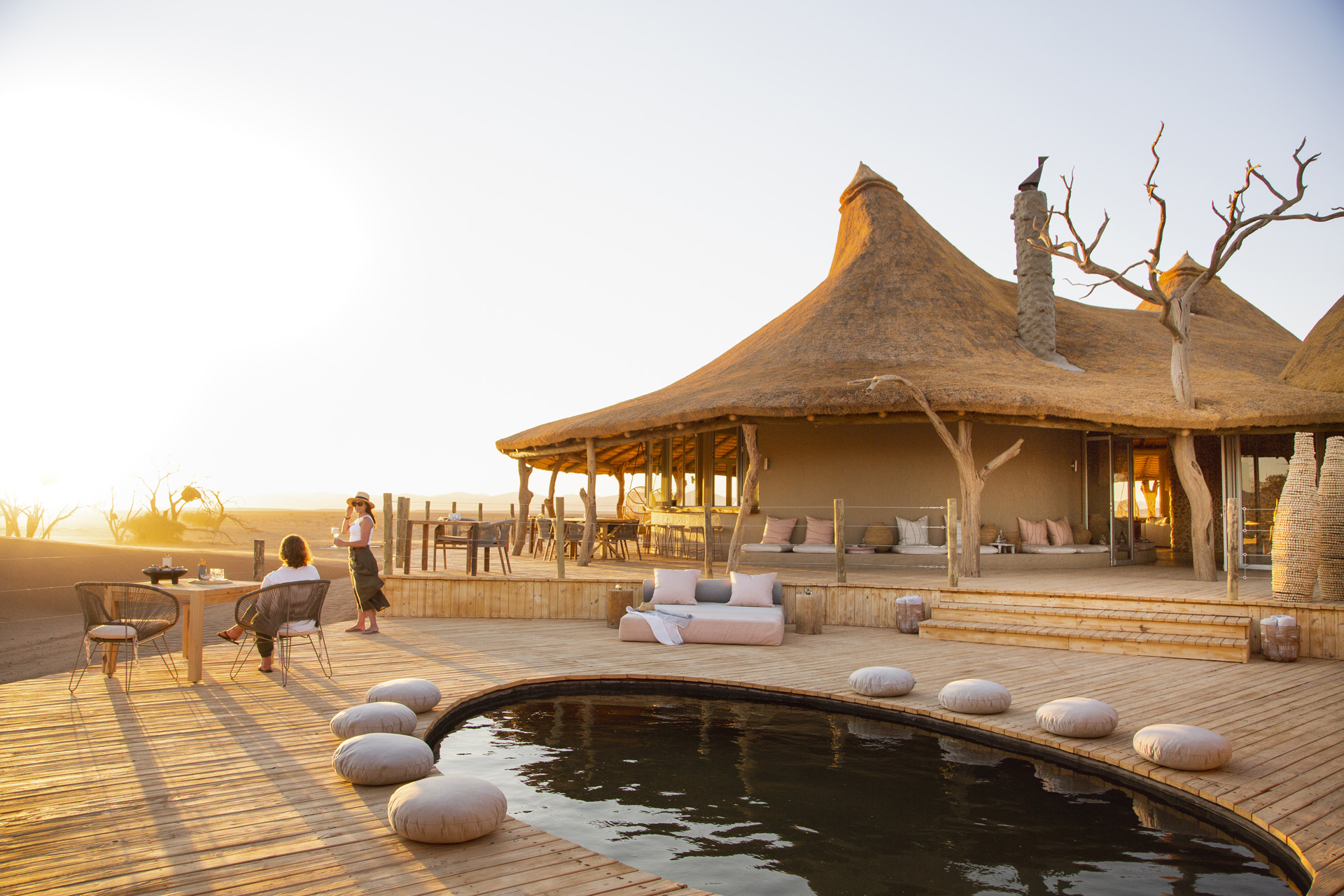
Pool Area at Little Kulala (Teagan Cunniffe)
Wilderness Little Kulala
‘Are you ready for an African massage?’ our ranger Markus chuckles as I clamber into his rugged-looking jeep on the middle-of-nowhere airstrip I’ve just flown into. As we bump along the dirt track deeper into the Namib Desert, the view is worth every bit of jolting. There are deserted plains that stretch to the mountains, parched riverbeds, vast stretches of burnt orange sand shaped by the wind and the occasional pointed horns of Namibia’s elegant national animal, the oryx, silhouetted against the sky. The sheer emptiness of it all makes me fall silent in the back seat.
Like a mirage, a small group of thatched buildings appear. Wilderness Little Kulala is surrounded by the 27,000-hectare Kulala Wilderness Reserve, where oryx, ostrich, jackal and springbok wander freely, occasionally popping by to drink from the camp’s watering hole. When Wilderness acquired the land nearly 30 years ago, it had been used for subsistence goat farming and indigenous wildlife had moved on. Established by a group of Botswana guides in 1983, the company’s mission has long been to conserve and restore Africa’s wilderness, with six million acres of land protected so far. At Little Kulala, internal fences were removed to reinstate wildlife corridors, flora and fauna were allowed to thrive once more and the animals have gradually returned.
Entirely solar-powered, the camp is luxurious but not mindlessly lavish, befitting the world’s first country to incorporate environmental protection into its constitution. Individual thatched suites on stilts have eco-friendly toiletries, reusable drinking bottles for the camp’s filtered water, even buckets to catch the water wasted while the shower heats up to be used for cleaning. Each suite has a cold plunge pool for instant desert relief, a rooftop deck and even an outdoor star bed for snuggling down under the visible Milky Way each night in this Dark Sky Reserve.
It also has its own private gate to Namib-Nakluft National Park to access the country’s famous Sossusvlei dunes. We set off at dawn just as a rainbow bursts from the ground in a dazzle of light, climbing slowly into the sky to form an arch. Soon, the deep orange dunes of Sossusvlei loom dramatically on either side of the road, tapering into impossibly neat peaks of sand formed around five million years ago. We stop to climb Big Daddy, one of the world’s tallest dunes at around 325ft. The exertion is worth it race back down through icing-sugar soft sand to the much-photographed cracked white clay pan of Deadvlei below, studded with the skeletons of 1000-year-old acacia trees, scorched black and unable to decompose in the dry climate.
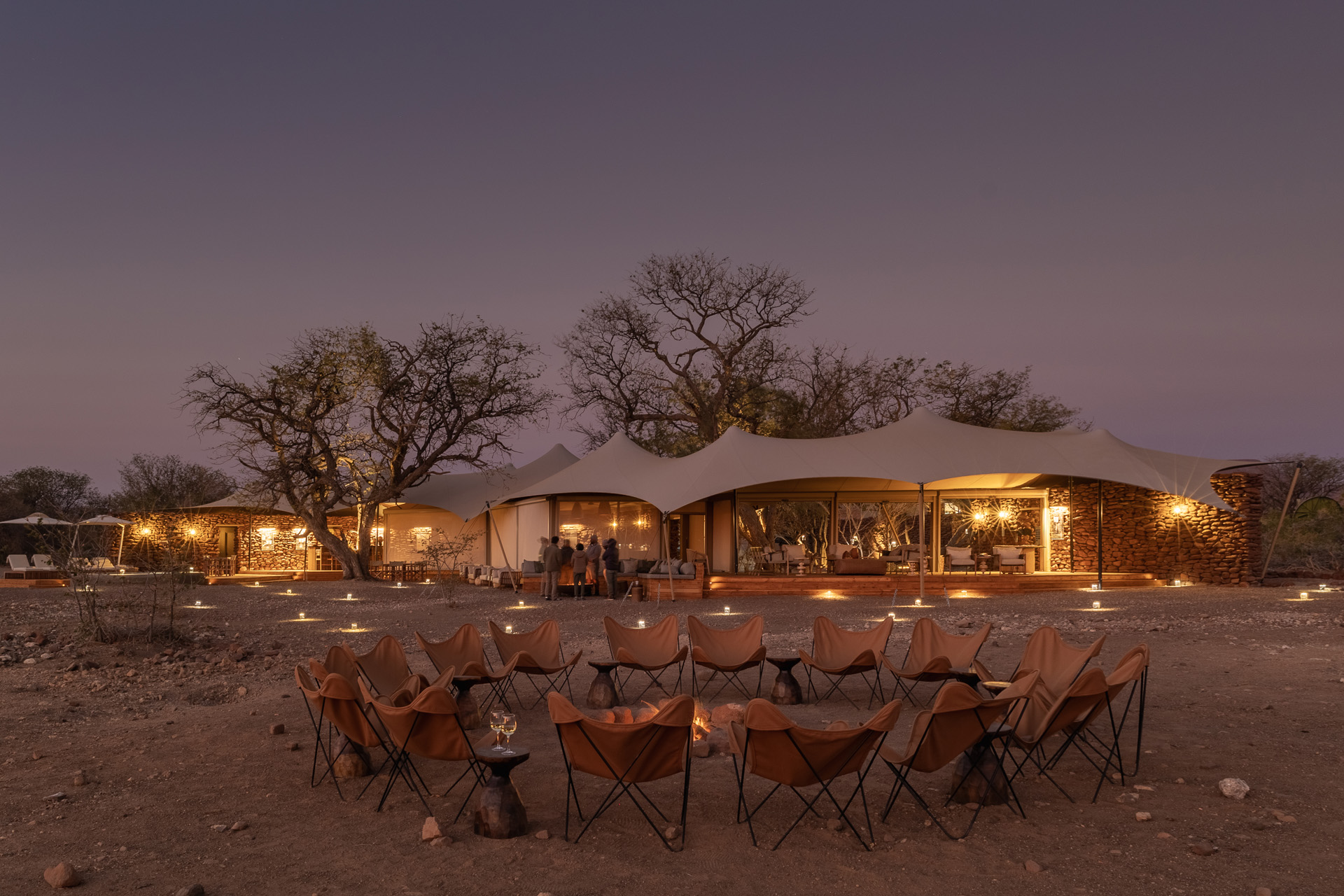
Desert Rhino Camp
Wilderness Desert Rhino Camp
A day later, we head north to the region of Damaraland where the Wilderness Desert Rhino Camp reopened days earlier following a complete renovation. Just six canvas and stone suites are clustered around a central tented structure where meals are shared around a long lantern-lit wooden table and evenings spent gazing into the campfire over a glass of South African Pinotage.
There’s no dressing for dinner at Wilderness camps. Guests head straight to eat following long days on safari in dusty walking boots and fleeces, welcomed from the jeep by ever-smiling staff bearing icy flannels and fresh juice, sherry or hot chocolate.
Rates include food and drink at every camp and are consistently excellent. Meals are ordered in advance with just two main courses on offer each time to cut food waste. Most focus on local staples such as beetroot, pumpkin, melons, root vegetables and beans with standout dishes including layered dhal with sweet sour aubergine, za’tar spiced chicken with chickpea ragout and moreish malva cake that tastes just like sticky toffee pudding. There are plenty of surprises thrown in: a torch-lit desert BBQ when staff sing traditional songs round the fire; freshly baked afternoon cookies; a mid-safari picnic lunch with Kilner jars of fresh salad, crusty bread and a chef grilling buttery-soft steak.
The camp itself has been built in partnership with the Save the Rhino Trust and the local Anabeb, Sesfontein and Torra communities who own the land. In return, Wilderness provide income to fund schools and clinics, create local jobs and fund an in-house rhino monitoring team who protect the world’s last truly wild population of critically endangered black rhinos from the ever-present threat of poachers.
Unlike many safaris, heading out to track rhinos doesn’t mean pulling a jeep alongside for a photo opportunity. Desert-adapted black rhinos are shy and easily agitated so when our tracker spots one, we approach on foot over rocky scrubland, standing at a distance while he fills in the log book the team use to keep tabs on the animals. Minutes later, we see another, closely followed by her calf, feasting on the leaves of the spiky euphorbic damarama plant together. Even the tracker who monitors the rhinos each day looks awestruck.
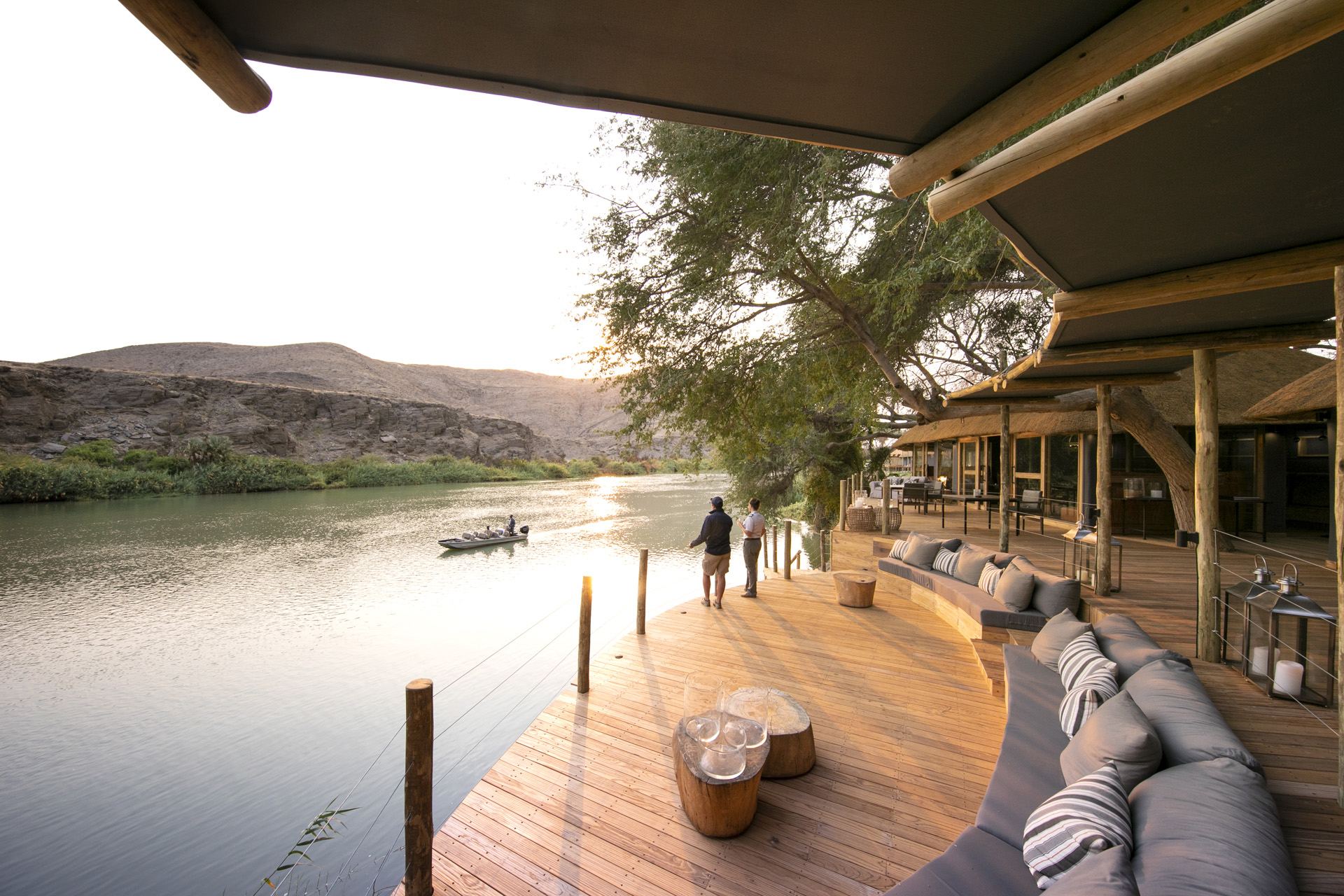
Lodge Deck at Serra Cafema
Wilderness Serra Cafema
My final stop is Wilderness Serra Cafema, one of the most remote camps in southern Africa where the desert meets the mountains on the Angolan border. Eight canvas lodges with alfresco lounges are situated on the rushing Kunene River which divides the two countries, more than ten hours’ drive from the nearest main village.
The land is owned by the semi-nomadic Himba people, who have lived in the region for over 500 years and remain completely removed from the modern world, building huts from branches and cow dung as they travel from one place to the next. Wilderness leases the land from the community, employs villagers, transports children to the school it funds and has built water pumps to provide filtered water from the river.
Accompanied by our half-Himba ranger – and translator – Michael, we’re lucky enough to visit one village where we’re warmly welcomed by women and children in little more than loincloths, with elaborate coils of iron and beads on their necks and ankles. One shows me the mix of red ochre and fat the Himba women use as mosquito repellent and sun protection, smearing it across my face. Another demonstrates the way they burn plants to clean their bodies, roaring with laughter as she shows me how to fan my armpits with the sweet-smelling smoke. The entire village cheers and applauds when Michael tells them I have two children, considered a great blessing by the Himba community, and crowds round to see pictures on my phone.
Back at camp, I head out on a quadbike to scramble over the glowing orange sands, then take a boat down the river past a plump, five-metre-long Nile crocodile snoozing on the banks. Michael drops anchor on the Angolan side so we can toast the sunset with gin and tonic from a cool-box. Aware we’re being watched, we turn to see a group of giggling local children, who we high-five and share snacks with.
Turns out some traditions translate into any language.
BOOK IT
Wilderness offers a six-night, fully inclusive Namibia safari (two nights each at Wilderness Little Kulala, Desert Rhino Camp and Serra Cafema) from £5,465 per person sharing, including air transfers within Namibia, starting and ending in Windhoek. Book at wildernessdestinations.com or email [email protected]. Price excludes international flights.
Siobhan’s return flights had a carbon footprint of 2,486.4kg of CO2e. ecollectivecarbon.com

